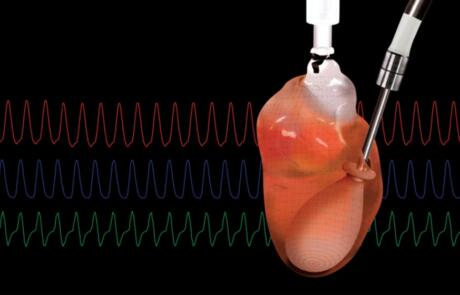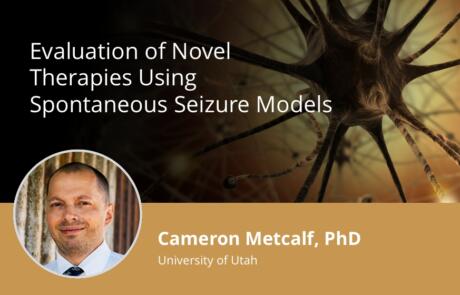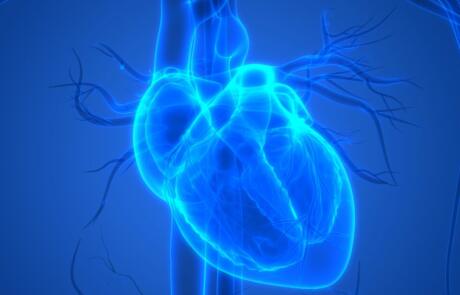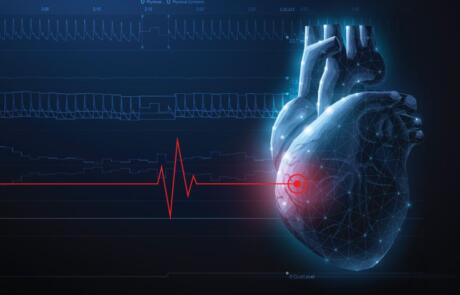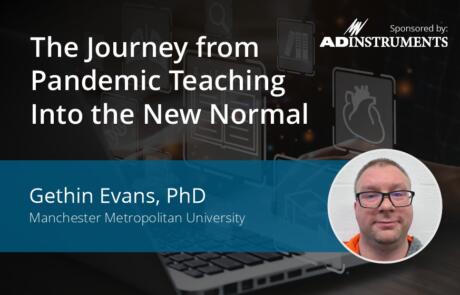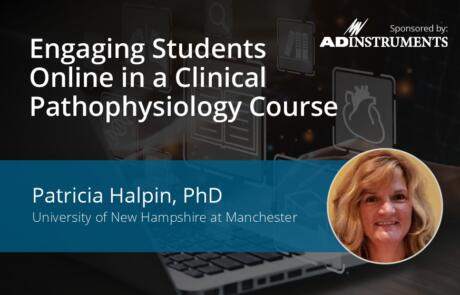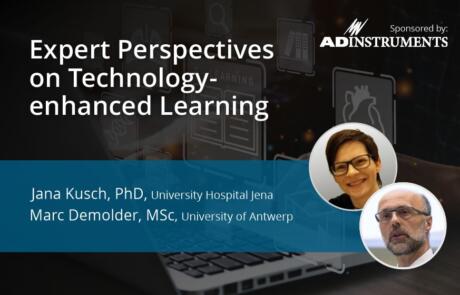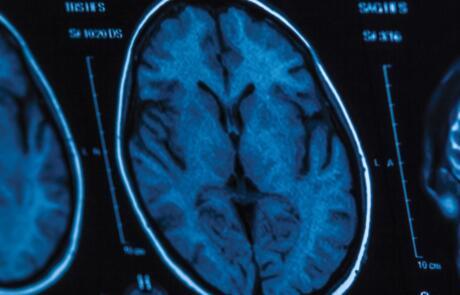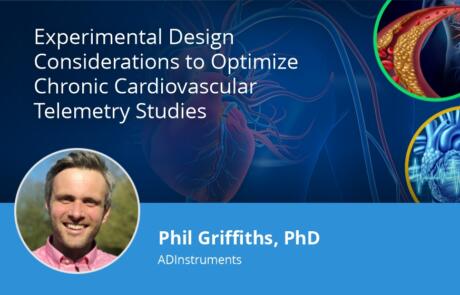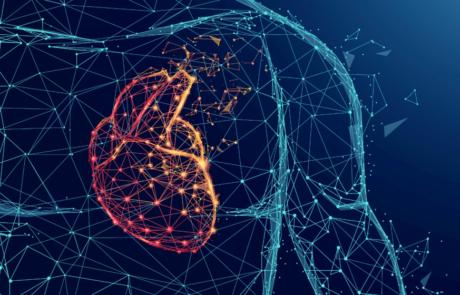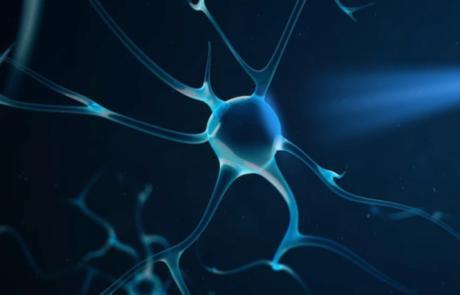Explore Webinars by Sponsor
Explore Webinars by Sponsor
Getting to the Heart of Cardiovascular Research: From Yesterday to Today and Looking Towards Tomorrow
Thursday, May 30, 2024
Sponsor: ADInstruments
Partner: American Physiological Society
Dr. Melanie White presents the various methods for assessing cardiac function in the context of pathology, spanning from in vitro to in vivo techniques, and how she integrates these with cutting-edge mass spectrometry in her research on cardiovascular disease pathogenesis.
Evaluation of Novel Therapies Using Spontaneous Seizure Models
Wednesday, October 4, 2023
Sponsor: ADInstruments
Partners: American Physiological Society, Society for Neuroscience, Federation of European Neuroscience Societies, American Autonomic Society, Scientist.com
In this webinar, Dr. Cameron Metcalf covers the technical requirements and benefits of spontaneous seizure models, addressing the challenges and optimization of 24/7 video-EEG data collection for epilepsy therapy development.
Measurement of Cardiac Function Using Pressure-Volume Loops in Swine
Wednesday, June 28, 2023
Sponsor: ADInstruments
Partner: American Physiological Society
Dr. Pedro Ferreira gives a deep dive into his work using pressure-volume loops in large animal models of heart failure.
Peripheral and Cerebral Vascular Responses Following High-Intensity Interval Exercise
Tuesday, May 9, 2023
Sponsor: ADInstruments
Partner: American Physiological Society
Dr. Bert Bond and Max Weston present an overview on their study investigating the effects high-intensity interval exercise has on cerebrovascular health.
The Journey From Pandemic Teaching Into The New Normal
Wednesday, April 12, 2023
Sponsor: ADInstruments
Join Gethin Evans, PhD as he delves into his experience teaching in the life sciences pre-, during, and post-pandemic and how his department has invested in technology to enhance teaching content and delivery.
It’s Time for Change! How to Promote Diversity, Equity, Inclusion, and Respect in your Chemistry Lab
Wednesday, April 5, 2023
Sponsor: ADInstruments
In this webinar, we demonstrate our Rate Law Determination experiment that utilizes Vernier Science Education’s Go Direct SpectroVis Plus Spectrophotometer to study the kinetics of the reaction of crystal violet with sodium hydroxide.
Engaging Students Online in a Clinical Pathophysiology Course
Thursday, March 30, 2023
Sponsor: ADInstruments
In this webinar, Assoc Prof. Patricia Halpin, (Chair of the APS Teaching Section) discusses how she harnesses technology to engage her physiology students in an online clinical pathophysiology course.
Expert Perspectives on Technology-Enhanced Learning
Wednesday, March 22, 2023
Sponsor: ADInstruments
Watch Jana Kusch, PhD and Marc Demolder, MSc as they discuss their experience with technology-enhanced education.
Understanding Intracranial Pressure in Freely Moving Rats
Thursday, December 15, 2022
Sponsor: ADInstruments
Join Connar Westgate, PhD for a deep dive into intracranial pressure measurements and the importance of understanding this physiological parameter for maintaining normal CNS function.
Experimental Design Considerations to Optimize Chronic Cardiovascular Telemetry Studies
Wednesday, November 16, 2022
Sponsor: ADInstruments
Partners: American Physiological Society, European Council for Cardiovascular Research
Phil Griffiths, PhD, presents a summary of chronic cardiovascular telemetry studies and considerations for experimental design.
Next-Generation Techniques for Understanding Neural Hemodynamic Control
Tuesday, October 4, 2022
Sponsor: ADInstruments
Partner: American Physiological Society
Join Aaron Phillips, PhD, as he shares his research involving neural hemodynamic control in human patients and rodents.
Optogenetic Stimulation for Parkinson’s Research: Recovering Movement in an Animal Model
Tuesday, April 26, 2022
Sponsor: ADInstruments
Partner: American Physiological Society
Join Louise Parr-Brownlie, PhD and Conor Underwood, PhD for a review of implantable optogenetics to replace deep brain stimulation, a surgical procedure overview, and a discussion about the impact of acute optogenetic stimulation for the treatment of Parkinson’s disease in a rat model.
